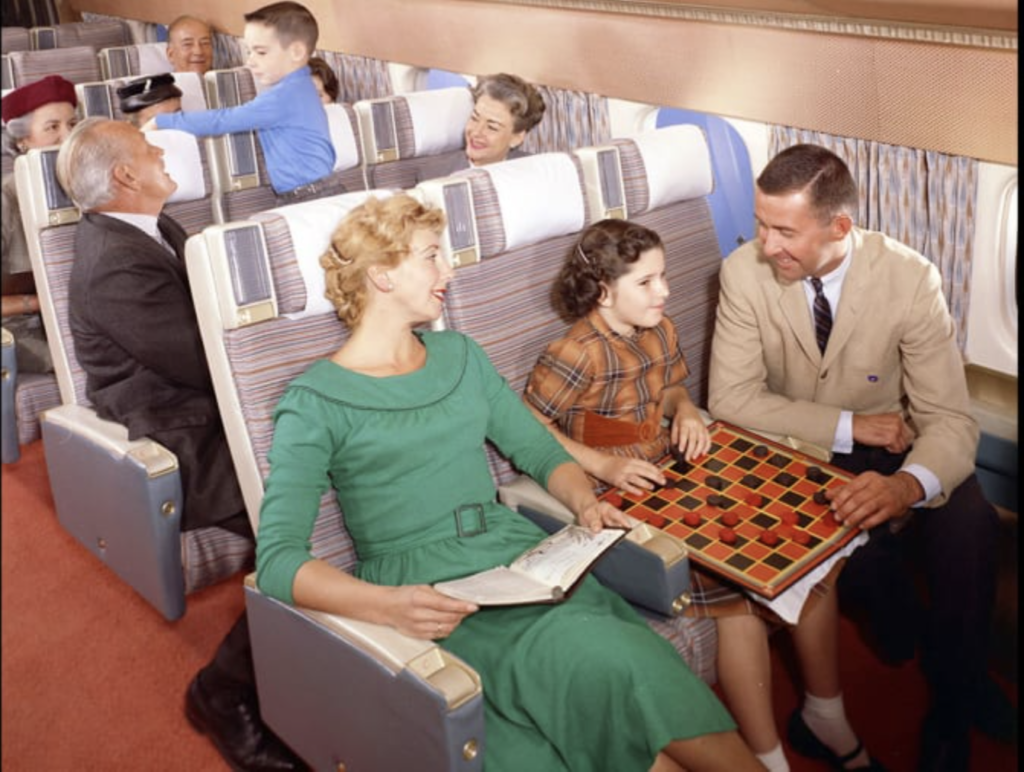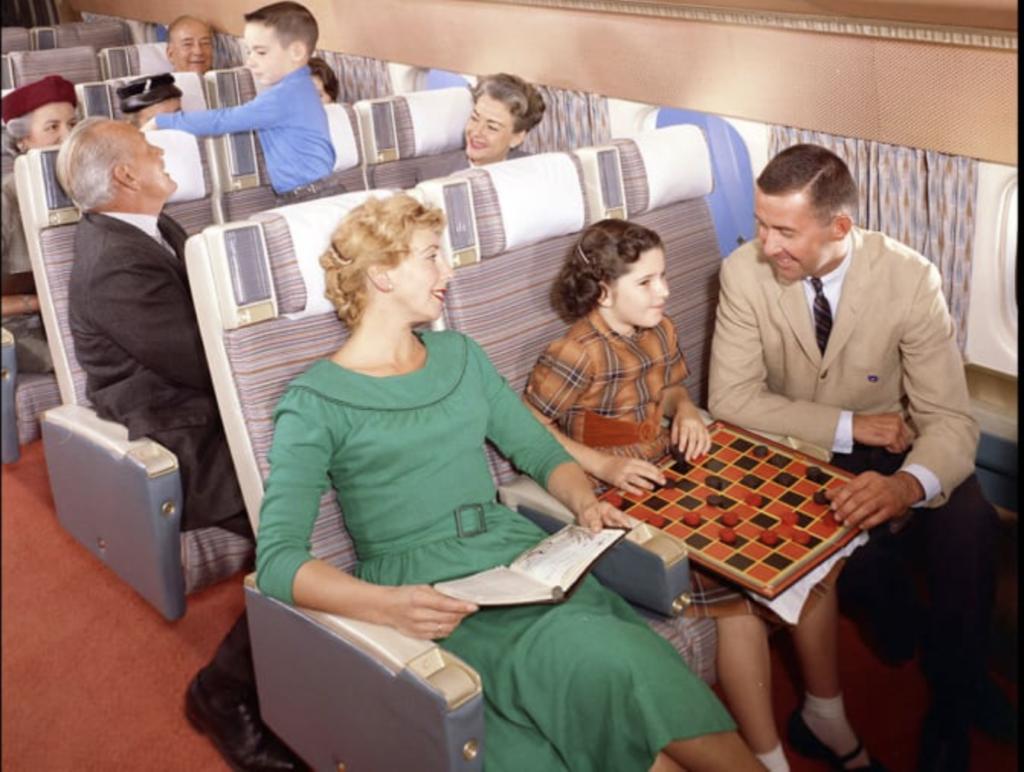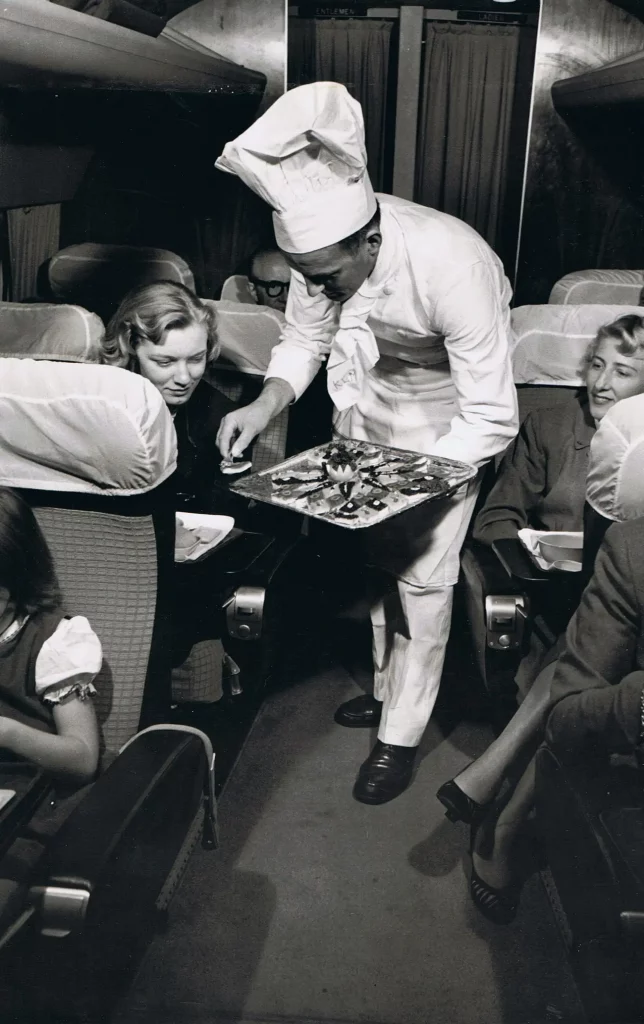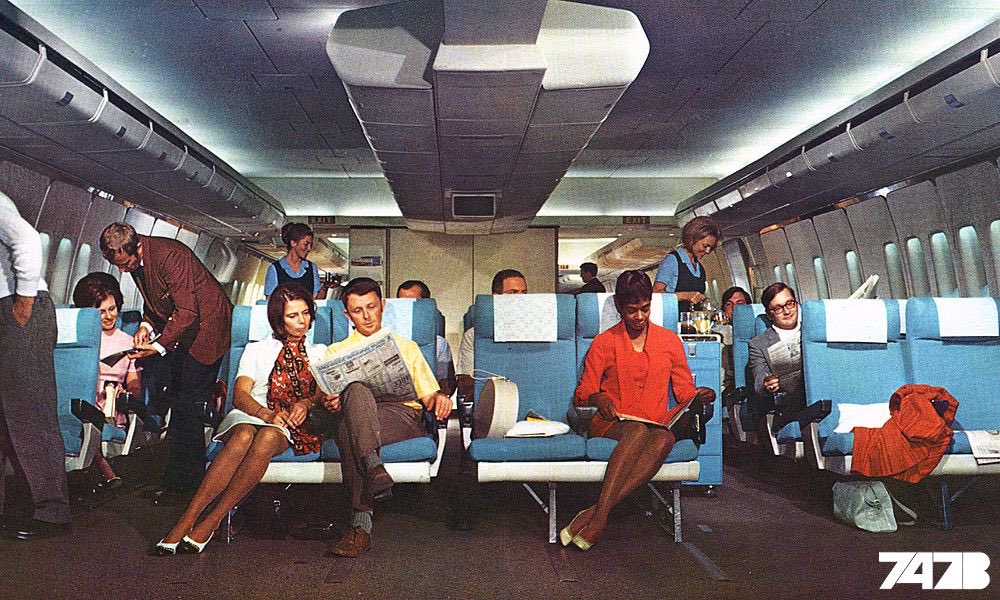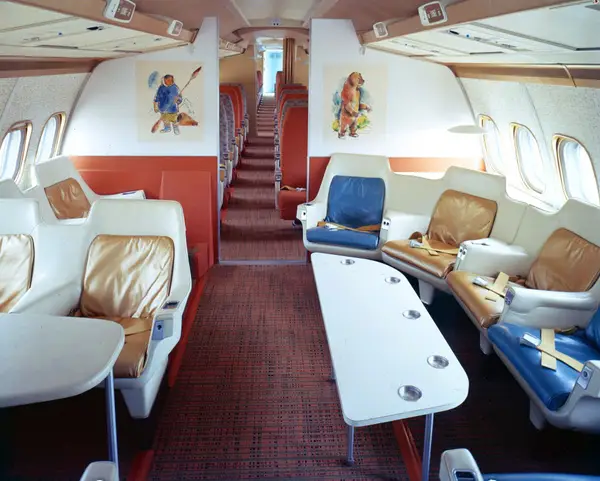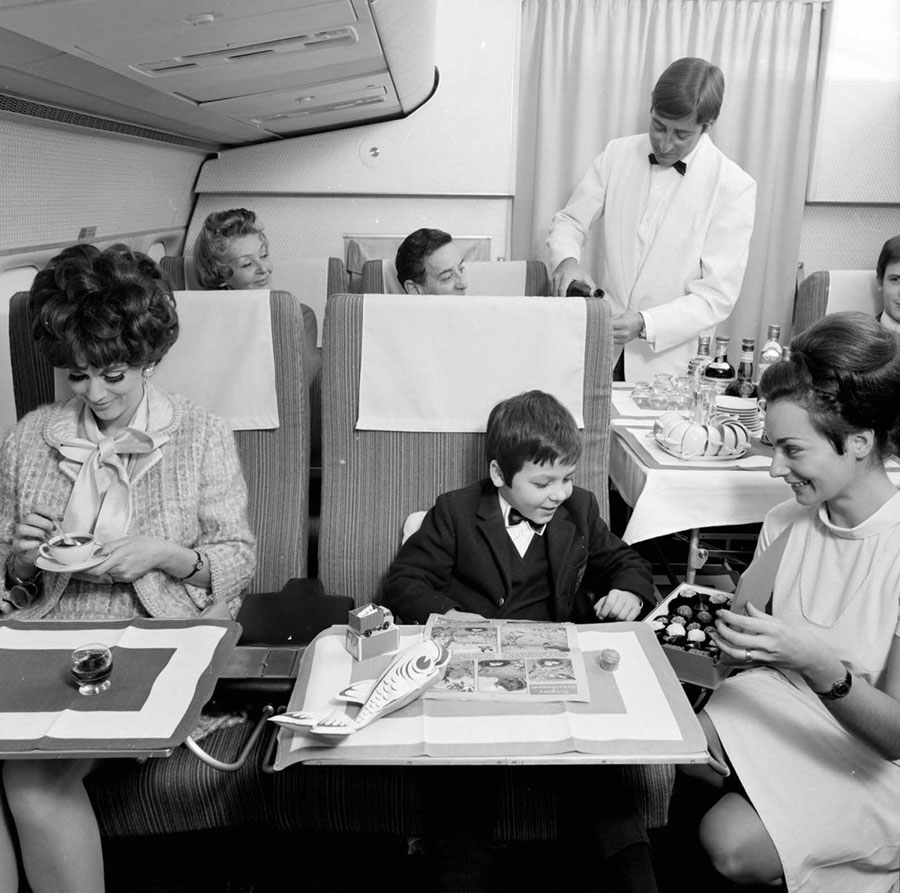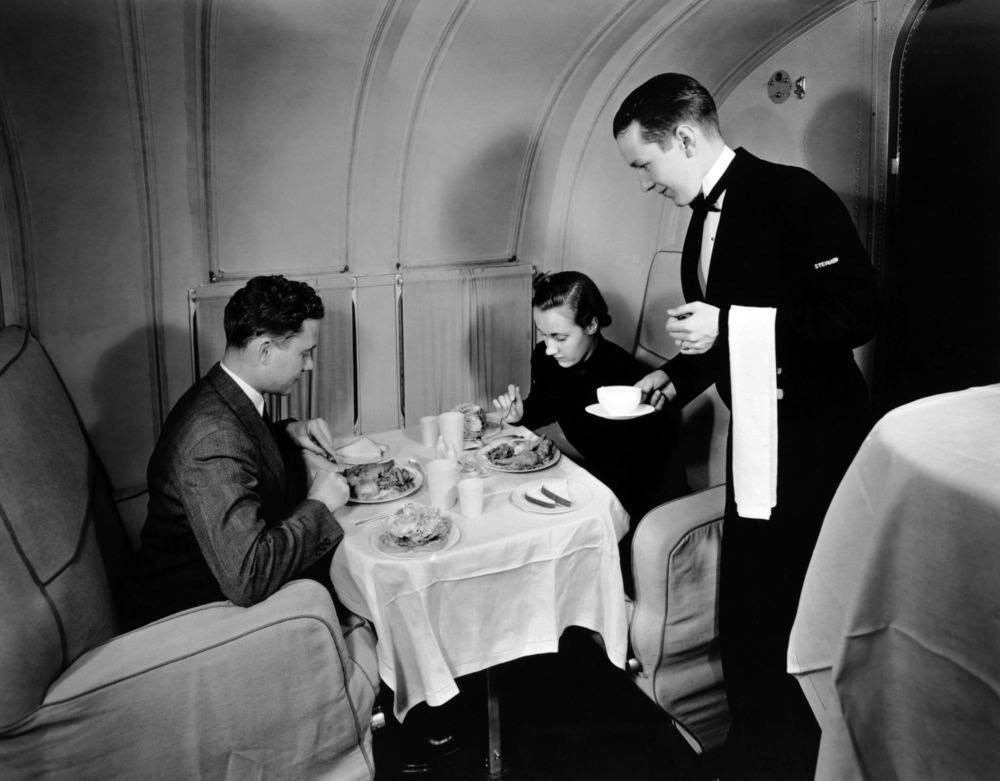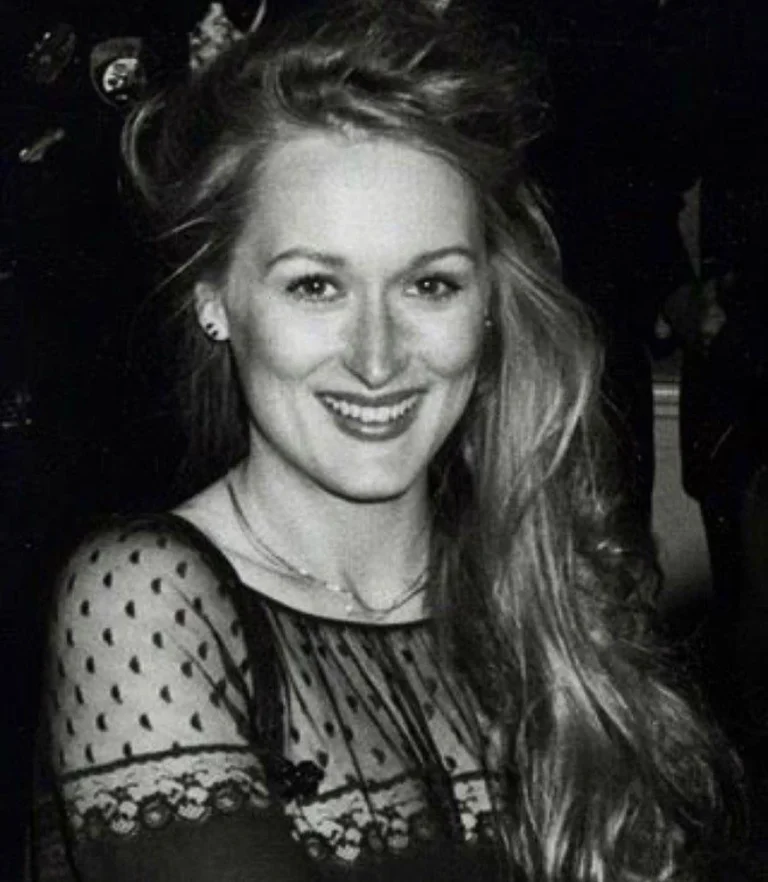50 Amazing Photos from the Golden Age of Air Travel
There was a time when flying wasn’t just a mode of transportation—it was an elegant adventure. The Golden Age of Air Travel, spanning from the 1930s to the 1970s, marks an era when flying was the epitome of luxury, style, and exclusivity. In today’s world, where budget airlines have become the norm, it’s hard to imagine a time when passengers dressed up in their finest clothes to board a flight, and airplanes were outfitted with lavish interiors, gourmet meals, and top-tier service.
In this article, we’ll take a deep dive into this extraordinary era, guided by some of the most stunning photos from the Golden Age of Air Travel. These images capture the essence of a period when flying was a luxurious experience reserved for the elite.
Introduction to the Golden Age of Air Travel
The Golden Age of Air Travel is often defined as the period between the 1930s and the 1970s, when air travel was a symbol of status, comfort, and glamour. Unlike today, where speed and efficiency take precedence, the focus back then was on the journey itself.
Air travel during this time was seen as an exclusive experience. Tickets were expensive, and only a select group of people could afford to fly. But what truly set this era apart was the emphasis on creating a luxurious experience for passengers.
Defining the Golden Age
This era truly began with the advent of commercial airliners in the 1930s, with companies like Pan Am and TWA leading the charge. By the time the jet age rolled in during the 1950s, flights had become faster, more reliable, and more accessible, but they still retained their air of elegance. Passengers were treated like royalty, with personalized service and attention to every detail, from food to seating arrangements.
“The Golden Age of Air Travel was about more than just getting from point A to point B—it was about the experience.”
Luxury and Glamour in the Skies
In the early days, airplanes were outfitted like high-end hotels. Cabins were spacious, with wide seats and plenty of legroom. Some airlines even featured lounges and bars on board, where passengers could relax with a cocktail. It was a far cry from the cramped conditions of modern economy class.
Flight attendants, known as air hostesses, were also part of the allure. Dressed in designer uniforms, they became icons of glamour and style, representing the sophisticated nature of flying during this period.
Iconic Airlines and Aircraft of the Golden Era
Several airlines rose to prominence during the Golden Age, each contributing to the legacy of luxurious air travel. Among them were Pan Am, British Airways, and TWA, but many other names also played significant roles.
Pan Am: A Pioneer in Air Travel
One airline that epitomized the glamour of the Golden Age was Pan American World Airways. Pan Am revolutionized air travel, being the first to offer transatlantic flights and introducing the world to the jet age with its fleet of Boeing 707s. These jets were faster and more efficient, reducing flight times and making long-haul travel more comfortable.
Pan Am’s signature blue globe logo became a symbol of global adventure and exploration, and its iconic advertisements captured the imagination of travelers worldwide.
Signature Aircraft: The Boeing 707
The introduction of the Boeing 707 was a game-changer. With its sleek design and powerful engines, it could carry more passengers, travel at higher speeds, and reach longer distances than previous aircraft. This innovation made it possible for airlines like Pan Am to offer affordable international flights, without sacrificing luxury.
British Airways and Concorde’s Supersonic Appeal
While Pan Am symbolized long-haul luxury, British Airways became synonymous with speed and innovation, thanks to the Concorde, the world’s first supersonic commercial jet. Capable of flying at over twice the speed of sound, the Concorde could cross the Atlantic in less than three hours, giving travelers a glimpse into the future of air travel.
The Concorde’s design—sleek, futuristic, and highly exclusive—made it the ultimate status symbol. Only the wealthy could afford to fly on it, and its small, intimate cabin provided a level of exclusivity that was unmatched by any other aircraft at the time.
The Introduction of Jet Age Aircraft
The shift from propeller-driven planes to jet aircraft in the late 1950s marked the beginning of the Jet Age. Aircraft such as the Douglas DC-8 and the Lockheed L-1011 followed in the footsteps of the Boeing 707, ushering in a new era of efficiency and speed. These jets allowed airlines to offer transcontinental flights, turning once-exotic destinations into reachable vacation spots.
Onboard Experience: What Set It Apart
One of the most fascinating aspects of the Golden Age of Air Travel was the sheer luxury that airlines offered passengers. From the moment travelers stepped into the airport terminal, they were greeted with high-end lounges, first-class treatment, and a range of amenities designed to make their journey as comfortable as possible.
Lavish Interiors and Spacious Cabins
Airplanes during the Golden Age were designed with comfort in mind. First-class cabins were spacious, with wide seats that reclined into full beds, ensuring that passengers could rest during long flights. In some aircraft, passengers could enjoy in-flight lounges, where they could sip on cocktails, smoke cigars, or engage in conversation with fellow travelers.
The interiors often reflected the style of the era, with mid-century modern designs, plush carpeting, and even chandeliers in some cases. Airlines such as TWA went as far as to collaborate with top designers to create unique onboard experiences.
Gourmet Meals and Five-Star Service
Gone were the days of today’s microwaveable meals. During the Golden Age, in-flight meals were prepared by world-class chefs and served on fine china with silverware. First-class passengers dined on gourmet meals that included everything from lobster tails to caviar, accompanied by fine wines and champagne.
Airlines often went above and beyond to ensure that passengers felt like they were dining in a five-star restaurant. Meals were served course by course, with attention to every detail, from the presentation of the food to the service provided by the highly-trained air hostesses.
Fashion and Style at 30,000 Feet
Another element that made the Golden Age of Air Travel so memorable was the fashion. Both passengers and flight attendants dressed to impress.
Designer Uniforms from Leading Airlines
Airlines hired fashion designers to create stylish uniforms for their flight attendants, turning them into fashion icons. Pierre Balmain, Christian Dior, and Emilio Pucci were among the many designers who collaborated with airlines to create these glamorous uniforms, which not only added to the allure of flying but also reinforced the status and exclusivity of air travel.
Passengers, too, dressed for the occasion. Men wore tailored suits and ties, while women donned elegant dresses and heels, making air travel feel more like attending a high-society event rather than a means of getting from one place to another.
References:
- Smithsonian Magazine: History of Air Travel
- The Aviation Historian: The Golden Age of Air Travel
- BBC News: The Concorde Story
- Pan Am Historical Foundation: Pan Am’s Legacy





![BA Speedbird [Heritage] Centre BA Speedbird [Heritage] Centre](https://www.historydefined.net/wp-content/uploads/2022/09/5592d9da6da811436037e6ba-1024x834.webp)

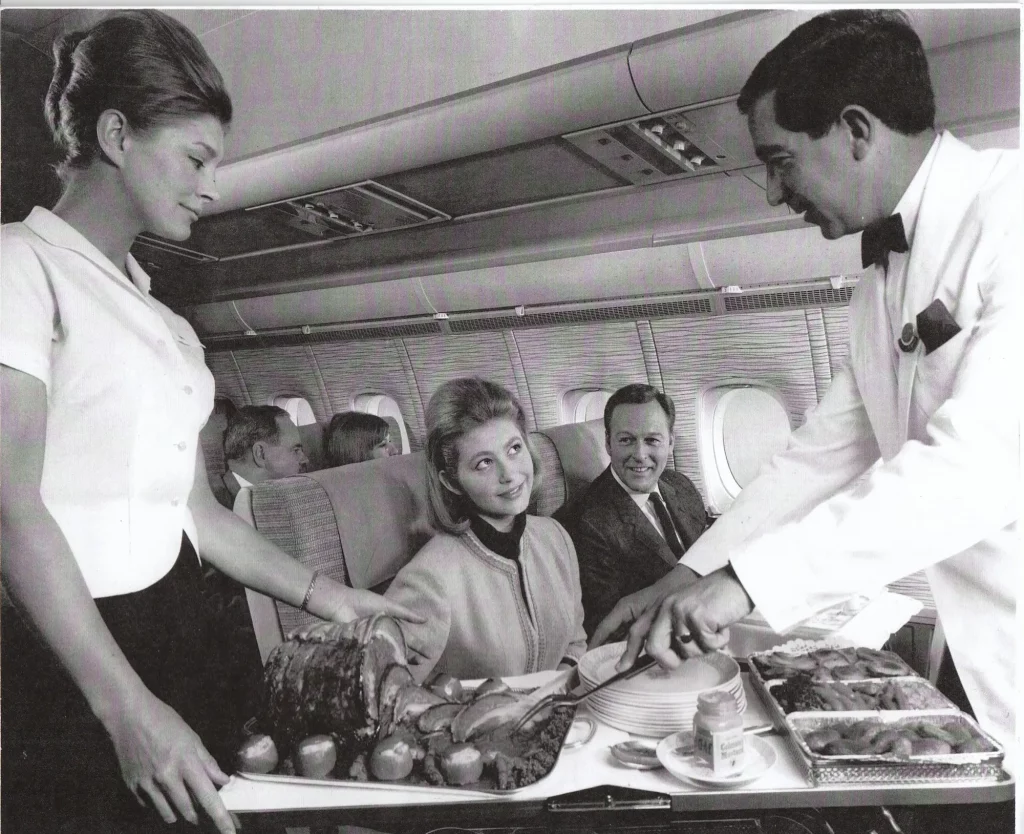

![BA Speedbird [Heritage] Centre BA Speedbird [Heritage] Centre](https://www.historydefined.net/wp-content/uploads/2022/09/5592d9c3eab8ea6e30169e90-1024x704.webp)

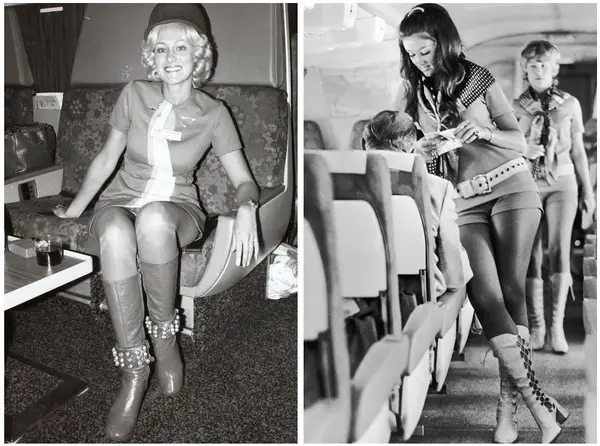








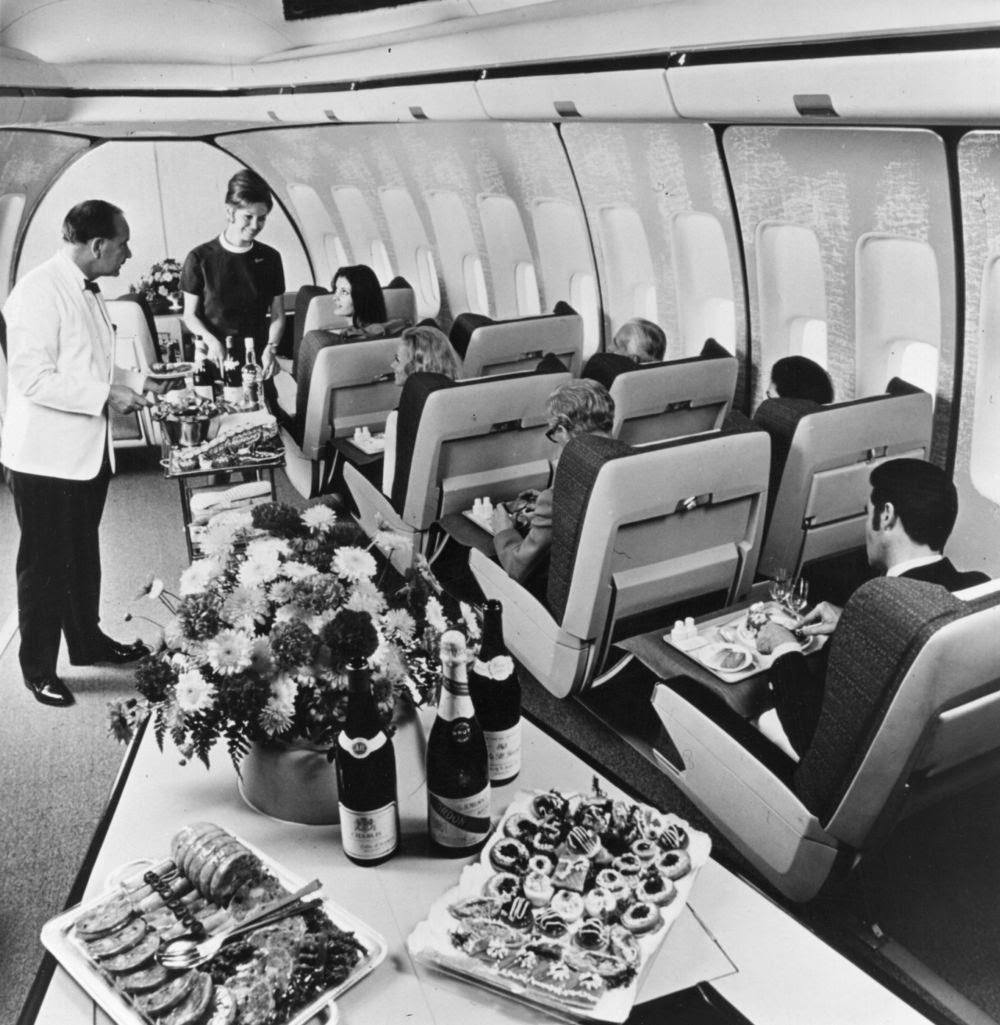












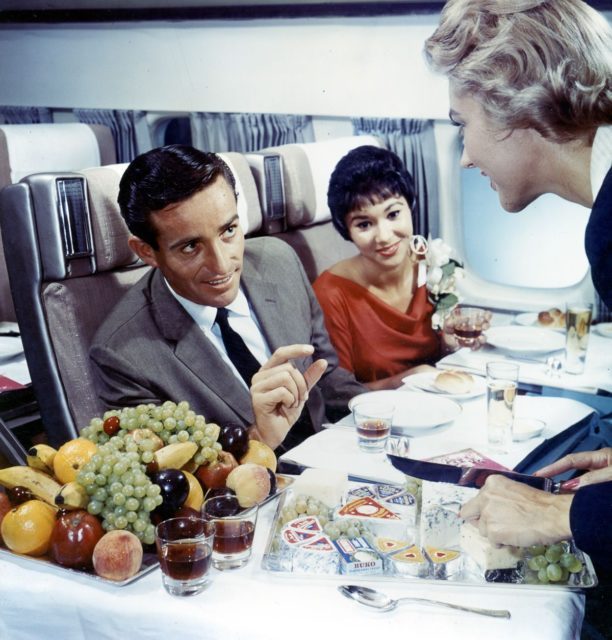
Scroll to Top
